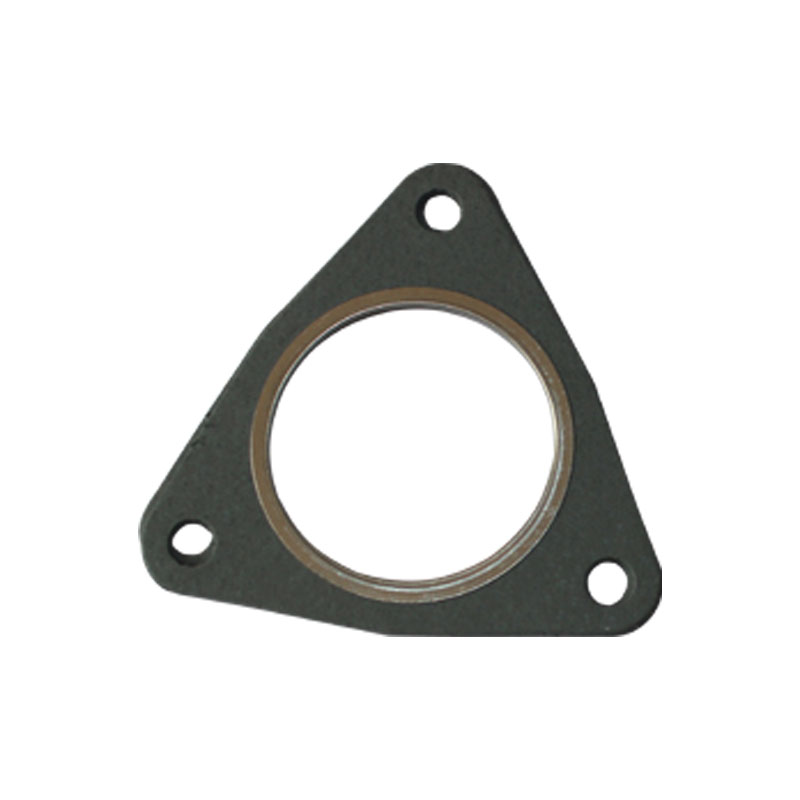rubber cutlass bearing
Understanding the Rubber Cutlass Bearing Importance and Applications
In the realm of marine engineering, efficient and reliable propulsion systems are critical for optimal vessel performance. One crucial component within these systems is the cutlass bearing. Among various materials utilized for these bearings, rubber cutlass bearings have gained significant popularity due to their inherent advantages, making them an essential topic in maritime technology.
What is a Cutlass Bearing?
A cutlass bearing serves as a support for the propeller shaft in a marine vessel. It is typically situated in the strut, which connects the boat's hull to the propeller shaft. The primary function of the cutlass bearing is to reduce friction between the rotating shaft and its housing, thus allowing for smooth and efficient propulsion. Traditional cutlass bearings were made from bronze or other rigid materials. However, advancements in materials science have introduced rubber as a viable alternative.
Advantages of Rubber Cutlass Bearings
1. Vibration Dampening One of the most significant benefits of rubber cutlass bearings is their ability to absorb vibrations. Unlike traditional bearings, rubber can effectively dampen vibrations created by the rotating shaft, leading to a more stable experience for the crew and passengers. This feature also helps protect other mechanical components from the adverse effects of vibration.
2. Reduced Maintenance Rubber cutlass bearings are known for their longevity and durability. They typically require less maintenance compared to their metal counterparts, as they are less prone to corrosion and wear. This quality translates to decreased downtime for vessels, enhancing operational efficiency and reducing overall costs.
rubber cutlass bearing

3. Compatibility with Different Environments Marine environments are often hostile due to saltwater, fluctuating temperatures, and exposure to various biological organisms. Rubber cutlass bearings are resistant to these elements, making them ideal for diverse marine applications. Their resilience ensures that they perform well in both freshwater and saltwater conditions.
4. Noise Reduction The rubber material used in these bearings plays a crucial role in minimizing operational noise. This feature not only improves onboard comfort but also assists in maintaining marine wildlife's natural environment by reducing noise pollution in the water.
Applications of Rubber Cutlass Bearings
Rubber cutlass bearings are widely utilized in various marine applications. They are commonly found in leisure boats, fishing vessels, and larger commercial ships. Their ability to handle significant loads while maintaining a smooth operation makes them suitable for vessels operating under both light and heavy-duty conditions. Additionally, rubber cutlass bearings are often employed in applications such as jet ski propulsion systems, yacht drives, and sailboats.
Conclusion
The rubber cutlass bearing represents a significant advancement in marine engineering, integrating the benefits of modern materials with the traditional demands of maritime applications. Their vibration-dampening properties, reduced maintenance requirements, and resistance to corrosive environments make them an attractive choice for vessel manufacturers and operators alike. As the marine industry continues to evolve, the use of rubber cutlass bearings will likely become even more prevalent, contributing to the efficiency and longevity of seafaring vessels. By embracing this innovative technology, the marine sector not only enhances its operational capabilities but also paves the way for greener and more sustainable practices on the water.
-
Simplifying Oil Changes: A Comprehensive Guide to Oil Drain Plugs and Their Variants
News Aug.04,2025
-
Mastering Oil Drain Maintenance: Solutions for Stripped, Worn, and Upgraded Oil Plugs
News Aug.04,2025
-
Fixing Oil Pan Plug Issues: Leaks, Stripped Nuts, and the Right Replacement Solutions
News Aug.04,2025
-
Everything You Need to Know About Oil Drain Plugs: Sizes, Fixes, and Upgrades
News Aug.04,2025
-
Choosing the Right Oil Drain Plug: A Guide to Sizes, Materials, and Drain Innovations
News Aug.04,2025
-
A Complete Guide to Automotive Drain Plugs: Types, Problems, and Innovative Solutions
News Aug.04,2025
-
The Ultimate Guide to Car Repair Kits: Tools and Essentials Every Driver Should Own
News Aug.01,2025
Products categories















